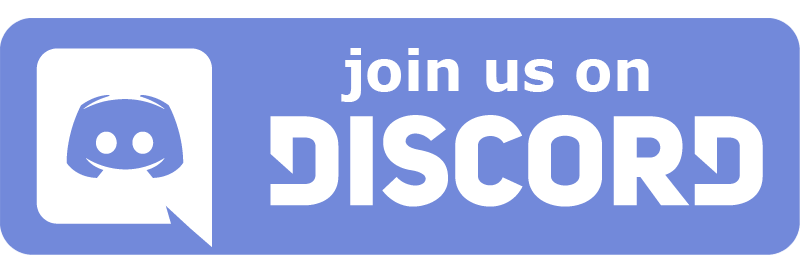Monetary Policy: Ledgers in a Classroom
Using a classroom economy to control student access to craft materials can be a useful tool for teaching financial literacy and encouraging responsible behavior. James, Twila, and Elisa implemented this technique in their STEAM summer camp by using poker chips from one set of poker chips as a form of currency during the first week, and a public ledger to track student balances in the second week.
The public ledger usage was inspired by Bitcoin, and though we did not mention cryptocurrencies to any of the students. What would please me fantasically is if: 5 years later a student heard an opinion about fiat or crypto and was able to join in on the conversation referencing their experience as a youngster. If one of them thought of summer camp and then said something even approaching a comment like “Wait, does the Federal Reserve have a ledger? Can I see it?” I would probably pass out from intense feelings of pride. If I die and get the magical ability to observe all of time and space at my infinite leisure, then having taught what I believe in is going to give me a lot of fun things to try to find.
One of the pros of this system is that it helps students understand the value of money and the importance of budgeting. By requiring them to pay for materials using their chips, students learned the concept of “spending” and had to make decisions about how to allocate their funds. When we moved to a public ledger it gave students a sense of ownership over their finances and allowed them to track their spending and saving.
Another advantage of this approach is that it can help promote positive behaviors such as honesty and responsibility. In James and Twila’s summer camp, there was almost no cheating despite initial concerns. This may be because students were invested in the success of the economy and did not want to jeopardize it by engaging in dishonest behavior. It was a novel “game” and they wanted to preserve it.
However, there are also some potential drawbacks to using a classroom economy. One is that it can be time-consuming to manage, especially if the teacher is responsible for tracking balances and approving transactions. In addition, some students may struggle with the concept of money and budgeting, which can lead to frustration and difficulty participating in the economy.
Overall, James and Twila’s experience using a classroom economy in their STEAM summer camp highlights the potential benefits and challenges of this approach. While it can be an effective tool for teaching financial literacy and promoting positive behaviors, it is important to carefully consider the logistics and individual needs of students when implementing a classroom economy. Maybe there will be classroom crypto tools in the future to help us out!

